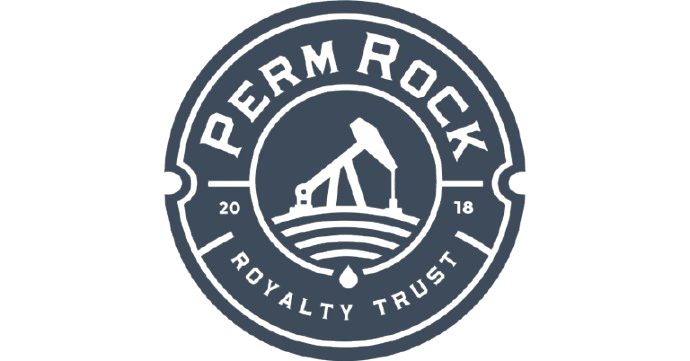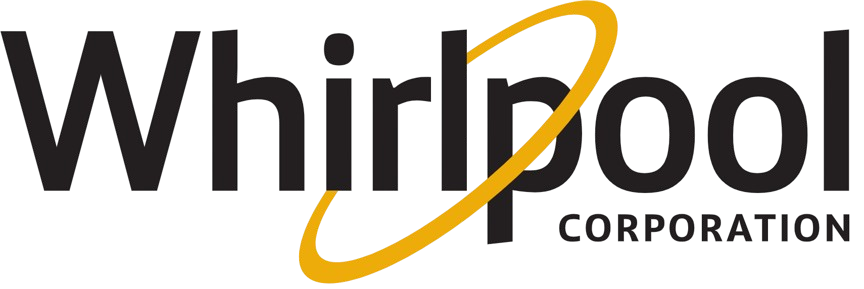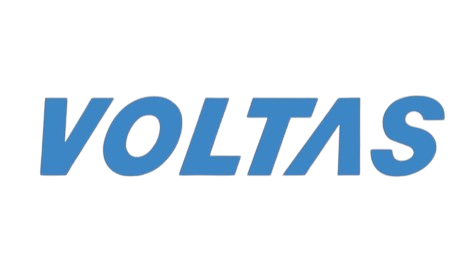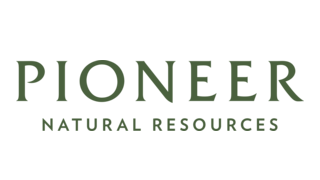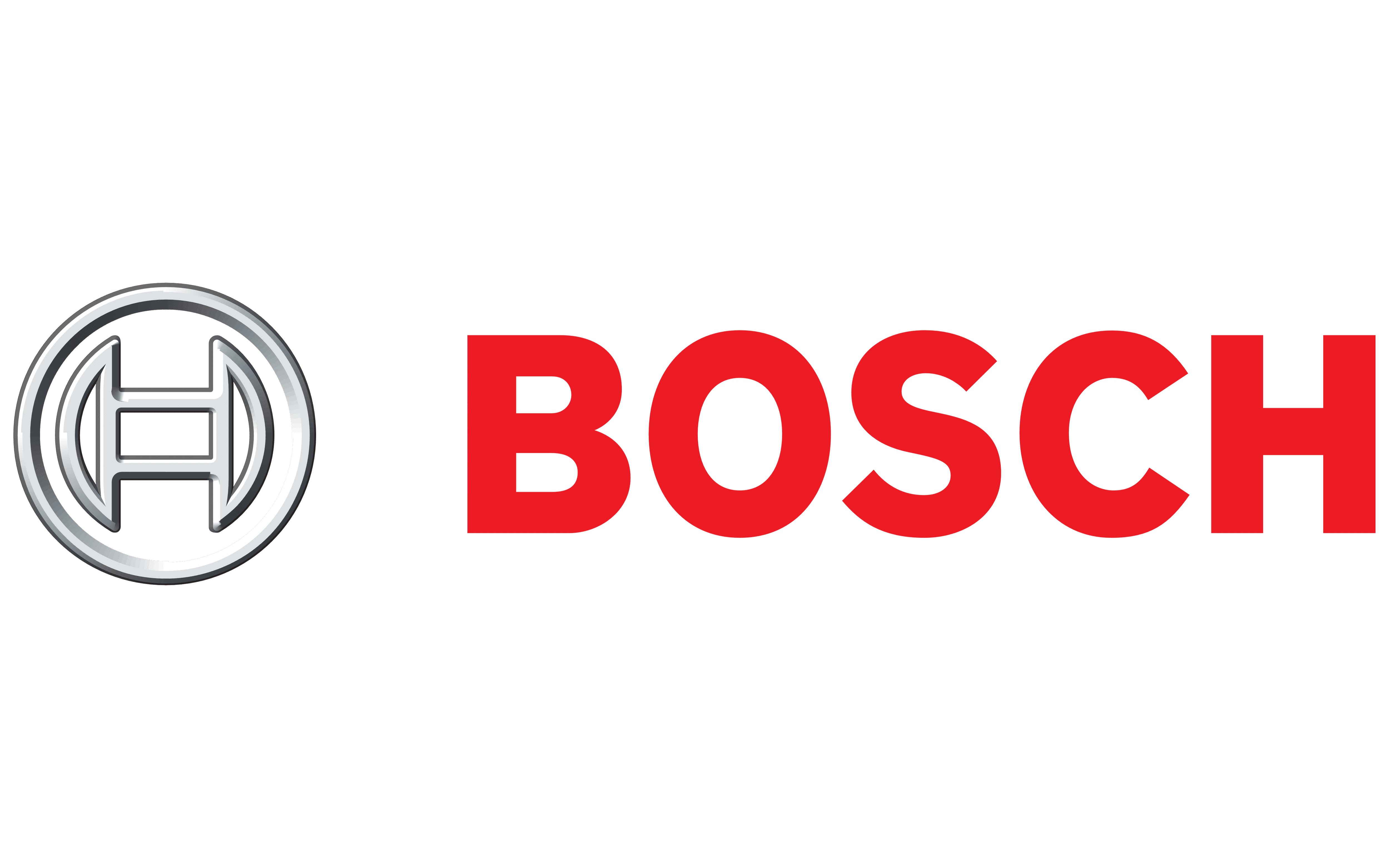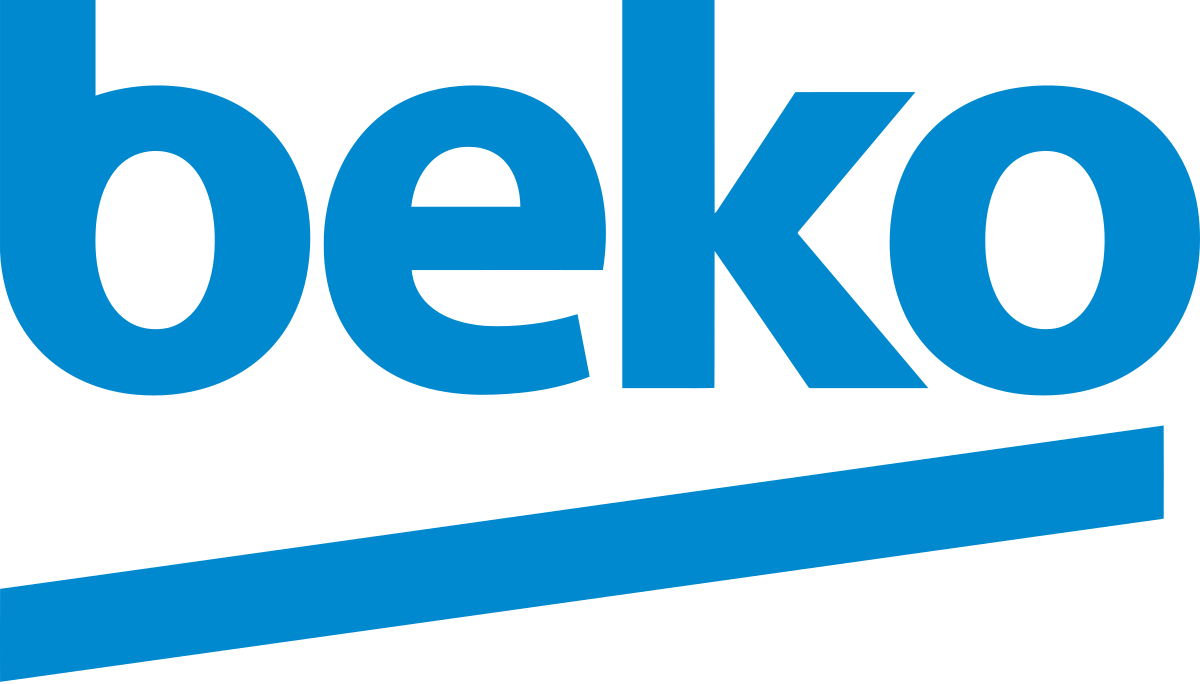
The Future of Wiring Harness Manufacturing: 5 Trends Shaping the Industry
As global industries continue to evolve—driven by electrification, automation, and digital integration—the wiring harness manufacturing sector has never been more vital. Acting as the electrical nervous system of modern machines, these bundles of wires and connectors are now expected to be smarter, lighter, safer, and built with surgical precision.
At Celestix Industries India Pvt Ltd, we don’t just keep up—we help define what’s next. With over a decade of experience in custom wiring harness solutions, plastic injection molding, and advanced testing, our engineering-first approach prioritizes quality, compliance, and innovation in every build. Here's a detailed, engineering-level breakdown of five transformative wiring harness trends for 2025 that are reshaping the future of the wiring harness industry.
Lightweight Conductors for EV Efficiency
In the era of electric vehicles, weight is range. Traditional copper conductors, while highly conductive, are significantly heavy. As automakers race to reduce vehicle weight and increase efficiency, the industry is shifting to aluminum wiring harness EV solutions.
Technical Comparison: Copper vs. Aluminum for EV Harnesses
Key Specs & Innovations:
• Conductors: Tinned copper-aluminum hybrids
• Over-molding materials: Flame-retardant thermoplastics (UL 94V-0)
• Insulation: PTFE insulation wiring harness, XLPE, Silicone
• Temperature ratings: Up to 250°C
• Applications: Electric vehicle wiring harness, BMS, inverters
Certifications:
• IATF 16949 automotive harness
• ISO 6722, IEC 60228
Engineering Insight:
Lightweighting improves energy efficiency, thermal management, and routing flexibility while maintaining copper wiring harness reliability.
Smart Harnesses and IoT Integration
Benefits of Smart Harness Integration:
• Real-time system diagnostics
• Predictive maintenance alerts
• Enhanced machine-to-machine (M2M) communication
• Data-driven system optimization
Features Include:
• Micro-sensors for current/voltage tracking
• Strain gauges for fatigue monitoring
• EMI shielding for data integrity
• Modular IoT expansion ports
Applications:
• Wiring harnesses for medical devices
• Aerospace wiring harness innovation
• Factory robotics, CNC systems
Standards & Technologies:
• IPC/WHMA-A-620
• Predictive modeling with wiring harness CAD design
Insight:
Integration with digital twins wiring harness enables simulation-based testing and rapid prototyping wiring harness deployment for high-reliability sectors.
High-Mix, Low-Volume (HMLV) Flexibility
Why HMLV Matters:
• Supports niche product designs
• Enables prototype-to-production agility
• Adapts to frequent design revisions
• Reduces excess inventory risks
Capabilities at Celestix:
• Prototyping in 7–10 days
• Fully documented build history
• Custom tooling from our in-house shop
• Compliance with Class 3 wiring harness standards
Design Tools:
• Siemens NX wiring harness layout
• EPLAN harness design software for circuit simulation
Engineering Insight:
Using 3D printing wiring harness guides and modular jigs, we optimize changeover times and traceability.
Automation & Quality Assurance
Quality Assurance Process:
Tools Used:
• AI-powered vision inspection
• CableEye & Cami testers
• Laser wire markers and robotic crimpers
Caption: Precision wiring harness assembly inside a modern production facility – highlighting the critical role of skilled technicians alongside automated systems.
Certifications:
• ISO 9001:2015
• J-STD-001
• AS9100 wiring harness certification
Engineering Insight:
AI-driven poka-yoke wiring harness stations drastically reduce rework. Statistical process control (SPC) is applied via real-time dashboards.
Sustainability & Supply Chain Resilience
Key Green Practices:
• Low-smoke zero-halogen harness insulation
• Lead-free, RoHS-compliant soldering
• Recyclable sheathing materials
• Internal copper recovery loop
Supply Chain Strategy:
• Supplier diversification harness model
• Local and international sourcing mix
• Digital vendor scorecard tracking
Buyer Advantages:
• Improved risk response = wiring harness risk management
• TCO savings via lean production
• Stronger ESG alignment = enhanced brand reputation wiring harness
Final Word
From modular wiring harness design layouts to robust strain relief wiring harness fixtures, the wiring harness industry 2025 is defined by transformation and precision.
Summary Table: Key Trends & Technologies
At Celestix, we offer full-spectrum, engineered solutions built on innovation, trust, and a relentless focus on quality.
For high-performance harnesses built for the future, request a quote here or email us at info@celestixindustries.com
